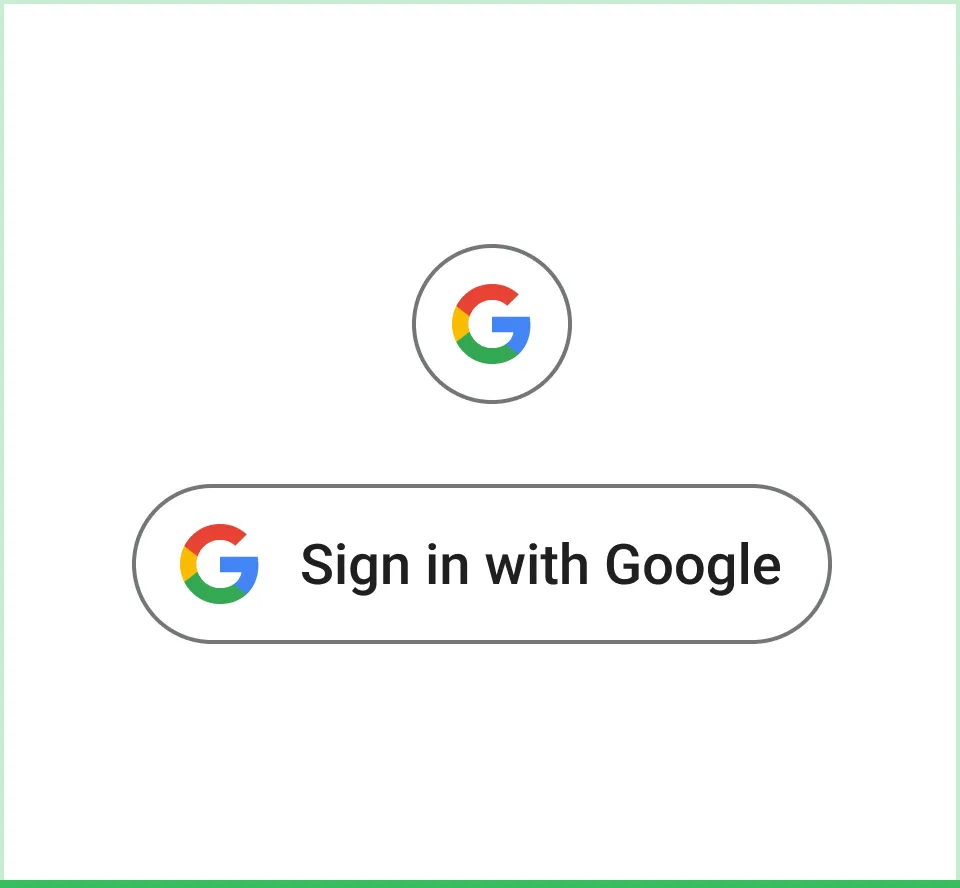Hey there! 👋 Let’s dive into implementing Google authentication in your FastAPI application using the token method. This is perfect when you’re working with frontend frameworks like React and want to handle Google Sign-In without dealing with complex OAuth2 flows.
What We’ll Cover
We’ll focus specifically on verifying Google tokens and extracting user information on the backend. This approach works great with frontend libraries like @react-oauth/google that handle the Google Sign-In button and initial authentication flow.
Prerequisites
Before we start, make sure you have:
- A FastAPI application set up
- A Google Cloud Project with OAuth2 credentials
- The following Python packages installed:
pip install fastapi google-auth requests python-jose
The Code
First, let’s create a utility function to verify Google tokens and extract user information. Create a file called google.py:
from google.auth.transport import requests as google_requests
from google.oauth2 import id_token
def get_user_infos_from_google_token(id_token_str):
# Verify the token and get user info
id_info = id_token.verify_oauth2_token(
id_token_str,
google_requests.Request(),
OIDC_GOOGLE_CLIENT_ID # Your Google Client ID from env variables
)
user_infos = {
'id': id_info['sub'], # Google's unique identifier for the user
'email': id_info.get('email'),
}
if not user_infos:
return {
"status": False,
"user_infos": user_infos
}
return {
"status": True,
"user_infos": user_infos
}
Now, let’s create the endpoint that will handle the Google authentication. This goes in your routes file:
from fastapi import APIRouter, HTTPException, status
from datetime import timedelta
router = APIRouter()
@router.get("/google")
async def auth_google(credential: str = None):
if not credential:
raise HTTPException(
status_code=status.HTTP_400_BAD_REQUEST,
detail="No credential provided."
)
# Verify the Google token
check = get_user_infos_from_google_token(credential)
if check['status'] is False:
raise HTTPException(
status_code=status.HTTP_400_BAD_REQUEST,
detail="Invalid credential"
)
user_infos = check['user_infos']
# Here you would typically:
# 1. Check if the user exists in your database
# 2. Create a new user if they don't exist
# 3. Generate your application's JWT token
# For example:
access_token = create_access_token(
data={"sub": user_infos['email']},
expires_delta=timedelta(minutes=30)
)
return {"token": access_token}
How It Works
- The frontend handles the Google Sign-In flow and gets a credential token from Google
- Your frontend sends this token to your
/googleendpoint - The backend verifies the token using Google’s libraries
- If valid, you get the user’s information (like email and Google ID)
- You can then create a session, JWT token, or whatever authentication mechanism you’re using in your app
Environment Variables
Make sure to set up these environment variables:
OIDC_GOOGLE_CLIENT_ID=your-google-client-id
ACCESS_TOKEN_EXPIRE_MINUTES=30 # or whatever duration you prefer
Frontend Integration
On your React frontend, you’d typically have something like this:
import { GoogleLogin } from '@react-oauth/google';
function Login() {
const handleSuccess = async (credentialResponse) => {
const response = await fetch('/api/google?credential=' + credentialResponse.credential);
const data = await response.json();
// Store the token, update your auth state, etc.
};
return (
<GoogleLogin
onSuccess={handleSuccess}
onError={() => console.log('Login Failed')}
/>
);
}
That’s it! This setup gives you a clean way to handle Google authentication using tokens. Remember to add proper error handling and user management based on your application’s needs.
Security Notes
- Always verify tokens server-side
- Keep your Google Client ID secure
- Consider adding rate limiting to your auth endpoints
- Store user tokens securely in your frontend (preferably in HTTP-only cookies)
Happy coding! 🚀
This article is also available on:


